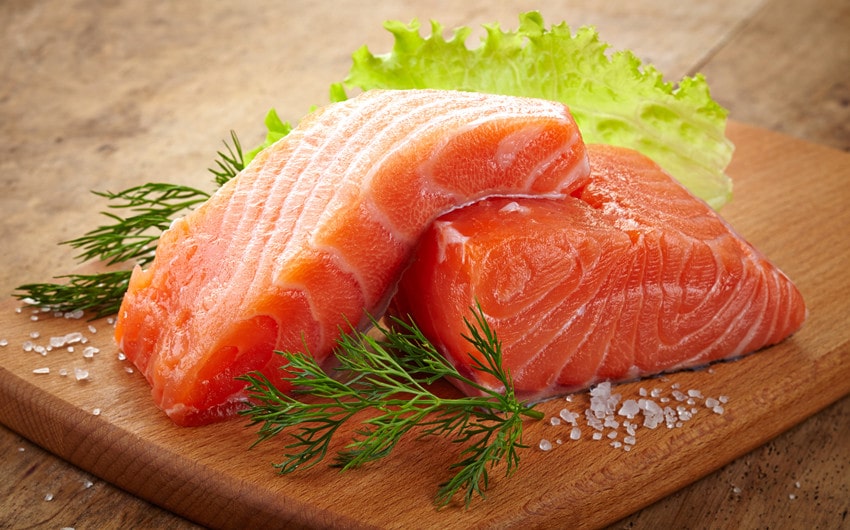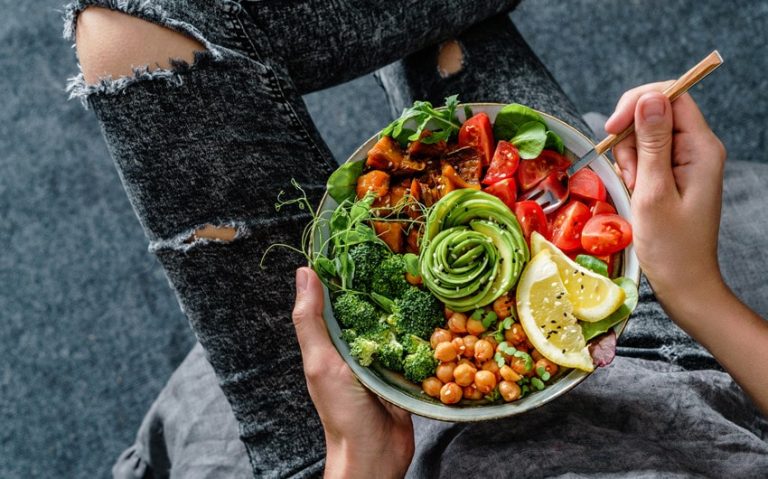Cooking salmon to just the right doneness is both an art and a science. Knowing how to tell if salmon is undercooked is crucial for health and culinary enjoyment. This guide demystifies the process, ensuring your salmon is perfectly cooked every time. Dive into the nuances of salmon preparation with us, and never face the disappointment of undercooked fish again.
Understanding Salmon Cooking Basics

Cooking salmon to perfection begins with grasping the fundamentals. Achieving the ideal doneness not only enhances the flavor but also ensures safety. The FDA’s benchmark for a thoroughly cooked salmon is an internal temperature of 145°F (63°C). This temperature guarantees that the fish is safe to eat, free from harmful bacteria and parasites that can be present in undercooked seafood.
Temperature and Safety
The internal temperature is a reliable indicator of doneness. A meat thermometer can be your best ally in this endeavor. Inserting it into the thickest part of the salmon fillet will give you an accurate reading. If it registers below 145°F (63°C), the salmon needs more cooking time. It’s a simple yet effective way to prevent undercooking, ensuring the salmon is safe for consumption.
Texture and Color Transformation
As salmon cooks, it undergoes noticeable changes in texture and color, moving from a raw, slick surface to a more firm and flaky consistency. Initially, raw salmon has a vibrant, translucent hue. When fully cooked, it transforms into an opaque pink. This color change is a visual cue to doneness, making it easier to gauge whether the salmon has been cooked properly.
The Role of Opacity
The degree of opacity in salmon is another visual indicator of its cooking status. Undercooked salmon often retains a glossy, translucent look, while properly cooked salmon exhibits a semi-opaque appearance. Observing this change can help you determine if the salmon is done, even without a thermometer.
By understanding these basic principles, you’re equipped to tackle salmon cooking with confidence. Whether you’re aiming for a slightly translucent center or a fully opaque finish, these guidelines will help you achieve your desired level of doneness, ensuring a delicious and safe dining experience.
Signs of Undercooked Salmon

Identifying undercooked salmon is key to ensuring both the safety and enjoyment of your meal. Paying close attention to the following signs will help you master the art of cooking salmon perfectly:
1. Texture
The texture of undercooked salmon is a tell-tale sign. It feels notably softer and more mushy than well-cooked salmon, which should be firm to the touch and easily flake apart with a fork. If pressing lightly on the top of the salmon fillet leaves an indent that doesn’t quickly recover, it’s likely undercooked.
2. Color
Color is a straightforward indicator of doneness. Undercooked salmon maintains a deep pink or bright red hue, appearing more translucent than its fully cooked counterparts. While some prefer salmon that is slightly rare in the middle, it should not look raw or sashimi-like throughout.
3. Opacity
Undercooked salmon has a glossy, opaque appearance, whereas cooked salmon should be semi-opaque. This lack of transparency is a good indicator that the salmon has not reached the recommended internal temperature and may still harbor harmful microorganisms.
4. Temperature
The most foolproof method to determine doneness is by measuring the internal temperature of the salmon. Insert a meat thermometer into the thickest part of the fillet; if it reads below 145°F (63°C), the salmon is undercooked. This method eliminates guesswork and ensures your salmon is safe and delicious.
How Long to Cook Salmon
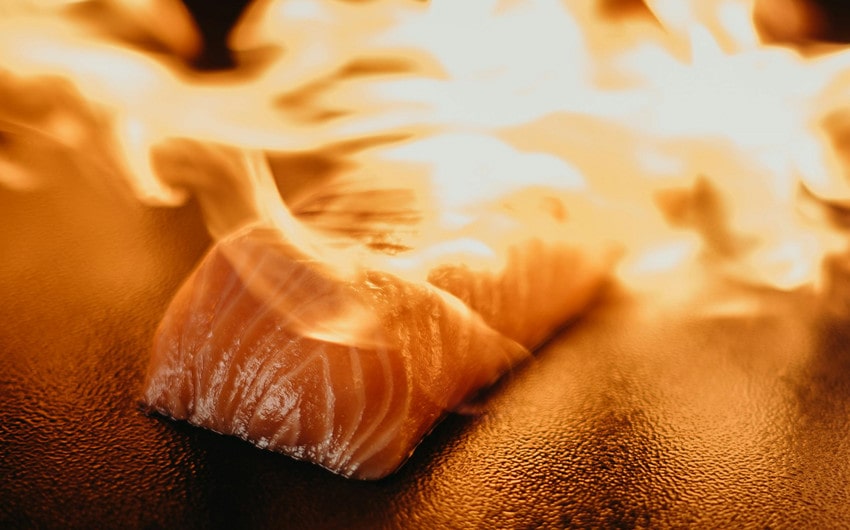
Cooking time for salmon can vary greatly depending on the method used and the thickness of the fillet. Here are general guidelines to help you achieve perfectly cooked salmon:
Oven Baking
- Preheat your oven to 425°F (218°C). Place the salmon on a lightly greased baking sheet or dish.
- A fillet about 1-inch thick typically requires 12-15 minutes in the oven. The high heat ensures a moist inside with a slightly crispy exterior.
Grilling
- Preheat your grill to medium-high heat. Lightly oil the grill grate or salmon to prevent sticking.
- For a fillet that is approximately 1-inch thick, grill each side for 3-4 minutes. This method imparts a smoky flavor and a desirable char on the surface.
Pan-Searing
- Heat a pan over medium-high heat and add a small amount of oil. Once hot, place the salmon skin-side down (if skin-on).
- Cook for 4-5 minutes per side for a 1-inch thick fillet. This method creates a crispy exterior while keeping the interior moist.
Adjusting for Thickness and Starting Temperature
The thickness of your salmon and whether it starts from fresh or frozen significantly affects cooking time. Thicker pieces or starting from frozen will require additional cooking time. Conversely, thinner fillets or starting from room temperature may cook more quickly.
Checking for Doneness
Beyond time, checking for the signs of doneness as mentioned earlier is crucial. Using a meat thermometer to verify the internal temperature has reached 145°F (63°C) will confirm your salmon is perfectly cooked.
By understanding the signs of undercooked salmon and mastering the cooking times based on different methods and thicknesses, you’re well on your way to serving up delicious, perfectly cooked salmon every time.
Tips for Perfectly Cooking Salmon
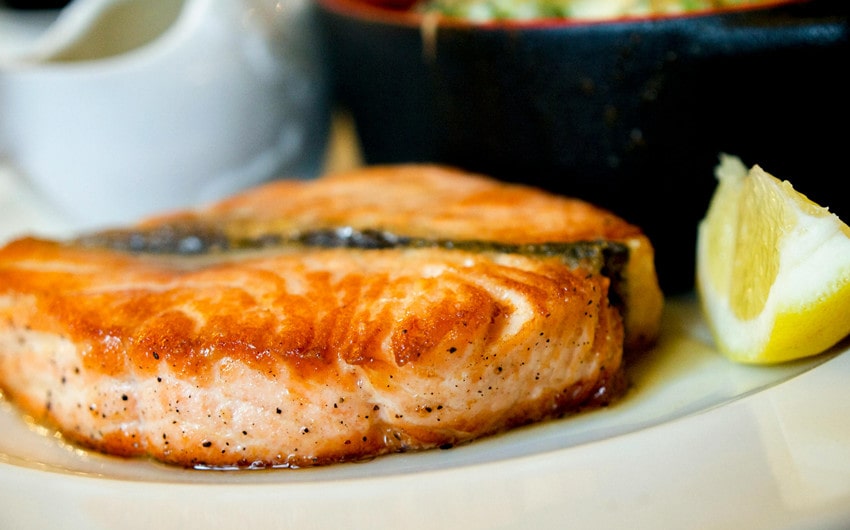
Troubleshooting Common Mistakes
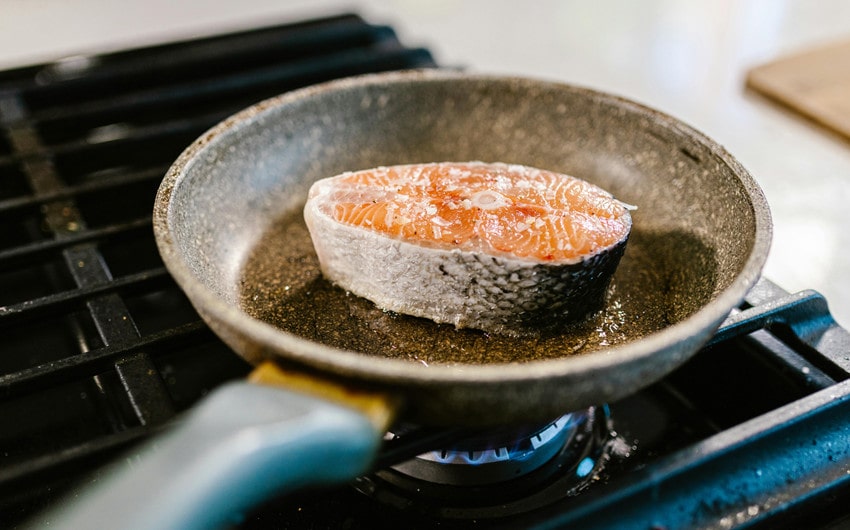
Conclusion
Recognizing how to tell if salmon is undercooked is crucial for both food safety and culinary success. By following these guidelines, you’re well on your way to enjoying perfectly cooked salmon that’s as healthy as it is delicious.

